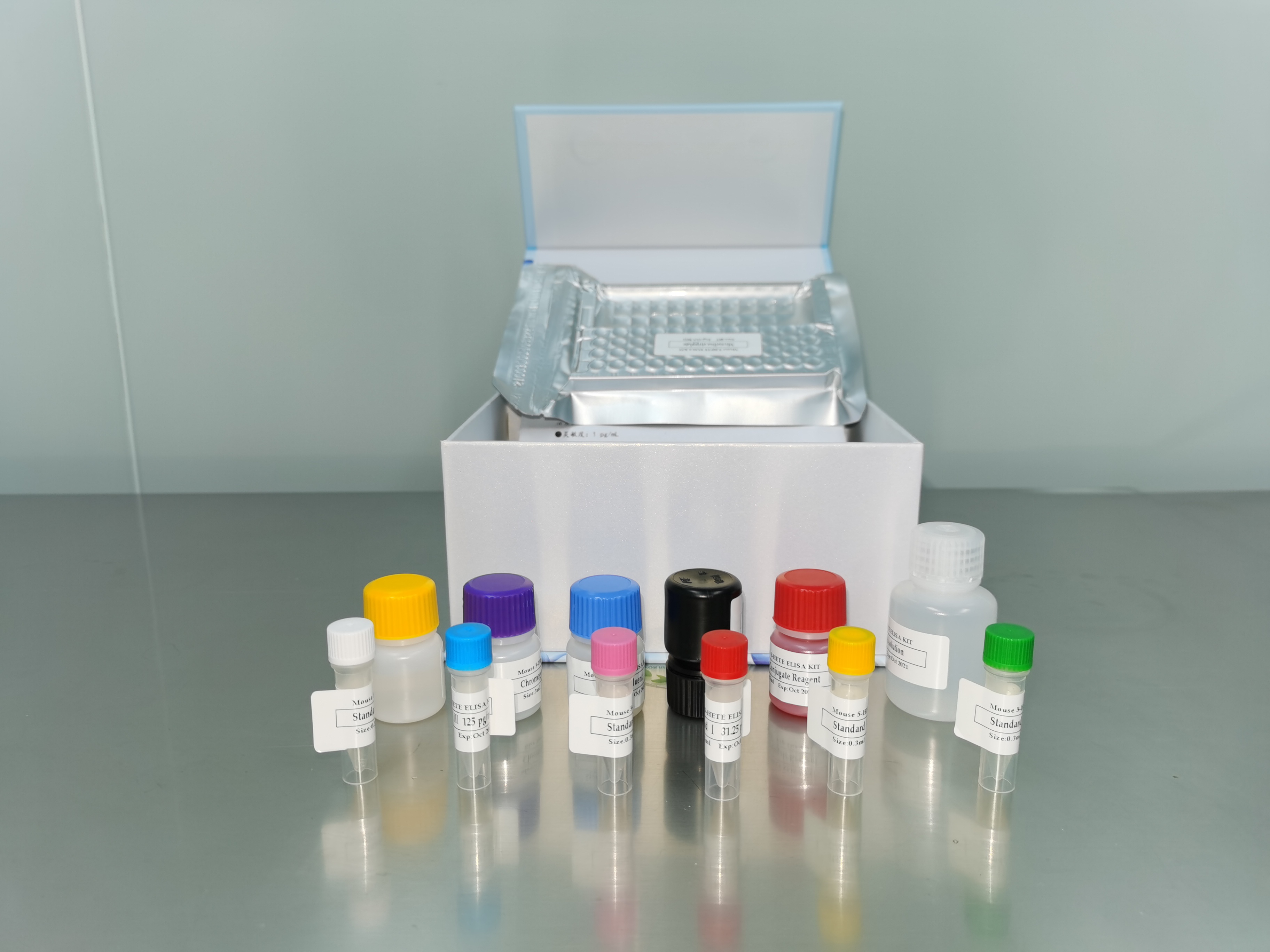| 产品名称: | P-6 |
|---|---|
| 商品货号: | TS138903 |
| Organism: | Mus musculus (B cell); Mus musculus (myeloma), mouse (B cell); mouse (myeloma) |
| Cell Type: | hybridoma: B lymphocyte |
| Product Format: | frozen |
| Morphology: | lymphoblast |
| Culture Properties: | suspension |
| Biosafety Level: | 1
Biosafety classification is based on U.S. Public Health Service Guidelines, it is the responsibility of the customer to ensure that their facilities comply with biosafety regulations for their own country. |
| Applications: | The antibody can be used for immunochemical and Western blot applications. It is a useful tool for detecting and localizing the large subunit of calpain. The antibody is specific for the large subunit of human mu-calpain and shows no cross-reactivity with m-calpain PubMed: 1426051. |
| Storage Conditions: | liquid nitrogen vapor phase |
| Derivation: | Animals were immunized with mu-calpain isolated from human erythrocytes PubMed: 1426051. Spleen cells were fused with P3X63Ag8.653 mouse myeloma cells. The antibody is specific for the large subunit of human mu-calpain and shows no cross-reactivity with m-calpain PubMed: 1426051. The antibody can be used for immunochemical and Western blot applications. It is a useful tool for detecting and localizing the large subunit of calpain.
A culture submitted to the ATCC in April of 2001 was found to be contaminated with mycoplasma. Progeny were cured by a 21-day treatment with BM Cycline.
The cells were assayed for mycoplasma, by the Hoechst stain, PCR and the standard culture test, after a six-week period following treatment. All tests were negative. |
| Comments: | Animals were immunized with mu-calpain isolated from human erythrocytes PubMed: 1426051. Spleen cells were fused with P3X63Ag8.653 mouse myeloma cells. The antibody is specific for the large subunit of human mu-calpain and shows no cross-reactivity with m-calpain PubMed: 1426051. The antibody can be used for immunochemical and Western blot applications. It is a useful tool for detecting and localizing the large subunit of calpain.
A culture submitted to the ATCC in April of 2001 was found to be contaminated with mycoplasma. Progeny were cured by a 21-day treatment with BM Cycline.
The cells were assayed for mycoplasma, by the Hoechst stain, PCR and the standard culture test, after a six-week period following treatment. All tests were negative. |
| Complete Growth Medium: | The base medium for this cell line is ATCC-formulated RPMI-1640 Medium, ATCC 30-2001. To make the complete growth medium, add the following components to the base medium: fetal bovine serum (ATCC 30-2020) to a final concentration of 10%.
|
| Subculturing: | Protocol: Cultures can be maintained by the addition of fresh medium or replacement of medium. Alternatively, cultures can be established by centrifugation with subsequent resuspension at 2 X 10(5) viable cells/ml.; Interval: Maintain cell density between 2 X 10(5) and 1 X 10(6) viable cells/ml. Medium Renewal: Add fresh medium every 2 to 3 days (depending on cell density) |
| Cryopreservation: | Freeze medium: Complete growth medium supplemented with 5% (v/v) DMSO Storage temperature: liquid nitrogen vapor phase |
| Culture Conditions: | Atmosphere: air, 95%; carbon dioxide (CO2), 5% Temperature: 37.0°C |
| Isotype: | mouse IgG1 kappa |
| Name of Depositor: | R Lane, RL Mellgren |
| Deposited As: | mouse (B cell); mouse (myeloma) |
| Year of Origin: | 1990 |
| References: | Lane RD, Mellgren RL. A comparison of the intracellular distribution of mu-calpain, m-calpain, and calpastatin in proliferating human A431 cells. Exp. Cell Res. 203: 5-16, 1992. PubMed: 1426051 Mice were immunized with mu-calpain isolated from human erythrocytes. |


